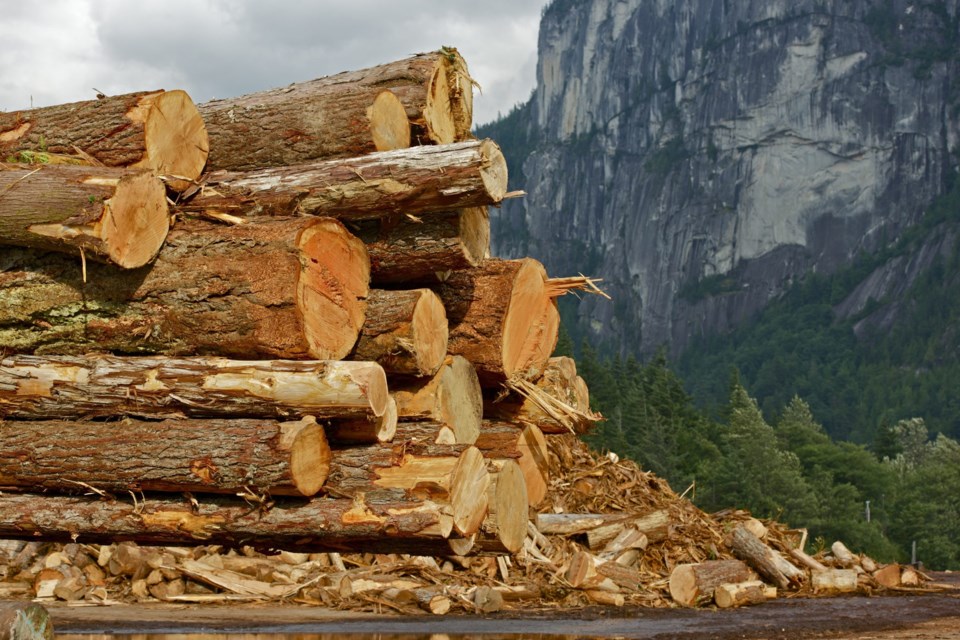When I was growing up in the Cariboo, I remember my dad nailing a sign on the fencepost at the end of our driveway that said “Forestry Feeds My Family.”
That was more decades ago than I care to get into. Let’s leave it at several.
So the only thing surprising about the B.C. government’s announcement of its maybe-yay-maybe-nay old-growth logging deferrals earlier this month is that it’s taken this long.
That’s not to say I’m not worried about family and friends and neighbours who still feed their families through forestry, but to say turmoil and change have been in the offing for B.C.’s forest management - or lack thereof - for some time.
Yet it’s not clear that change is what happened, either.
The deferrals would about double the amount of old-growth protected, but they’re not in place yet. The government has deftly passed the ball to First Nations, giving these communities all of 30 days to review.
Should they go ahead, the impact will be felt most acutely in coastal communities but the impact will be felt in forestry-dependent communities throughout the province.
Government estimates 4,500 jobs could be lost. Industry says it could be as many as 18,000.
It would have been a reassuring acknowledgement from Victoria that these rural communities matter had the province released a thorough economic plan for impacted communities. They did not.
There was a commitment to “implement co-ordinated and comprehensive supports for workers, communities and First Nations through the development of new programs and by continuing and enhancing existing programs.”
There was a list of five existing programs, including retirement bridging and skills training, and 122 words-worth of “potential new programs.”
“The province will work in partnership with businesses, communities and First Nation communities to develop a suite of targeted supports that will help mitigate the adverse economic impacts associated with old-growth deferrals,” says a backgrounder attached to the news release.
Is it me or does that seem a bit like closing the gate after the horse is out?
There are no dollar amounts or dates. As a person living in a rural community that stands to feel the effects of this “paradigm shift” in the B.C. forest industry, it does do much to instill confidence.
Forestry has been and will change. What’s the plan?
The same day the B.C. government announced its response to last year’s Old Growth Strategic Review, Canada was among more than 100 nations to sign a pledge to stop deforestation at COP26, the United Nations Climate Change Conference.
In reality, less than 1/50th of one percent of Canada’s forests are deforested annually, meaning permanently converted to non-forest uses like agriculture or urban development. The vast majority of harvested forest lands in this country are replanted.
But we do not exist in a vacuum. The world is facing a climate crisis and still deforesting at an alarming rate, making Canada’s boreal forests all the more important daily to the health and biodiversity of the planet.
B.C. itself is feeling the impact of global climate change, with drought, record-setting heat waves, bug infestations that have already devastated our forests, and wildfires that burn hundreds of thousands of hectares of forest every summer.
That we have mismanaged our forests for decades is not an excuse to continue to do so. We can only hope that the provincial government can still see the forest for the trees when it comes to forestry dependent rural B.C.’s future.
Dene Moore is an award-winning journalist and writer. A news editor and reporter for The Canadian Press news agency for 16 years, Moore is now a freelance journalist living in the South Cariboo.



